Product Description
YWHAZ Antibody | 63-430 | ProSci
Host: Rabbit
Reactivity: Human, Mouse
Homology: Predicted species reactivity based on immunogen sequence: Bovine, Chicken, Rat
Immunogen: This YWHAZ antibody is generated from rabbits immunized with a KLH conjugated synthetic peptide between 65-93 amino acids from the Central region of human YWHAZ.
Research Area: Cell Cycle, Neuroscience, Signal Transduction
Tested Application: WB, IHC-P, Flow
Application: For WB starting dilution is: 1:1000
For IHC-P starting dilution is: 1:50~100
For FACS starting dilution is: 1:10~50
Specificiy: N/A
Positive Control 1: N/A
Positive Control 2: N/A
Positive Control 3: N/A
Positive Control 4: N/A
Positive Control 5: N/A
Positive Control 6: N/A
Molecular Weight: 28 kDa
Validation: N/A
Isoform: N/A
Purification: This antibody is purified through a protein A column, followed by peptide affinity purification.
Clonality: Polyclonal
Clone: N/A
Isotype: Rabbit Ig
Conjugate: Unconjugated
Physical State: Liquid
Buffer: Supplied in PBS with 0.09% (W/V) sodium azide.
Concentration: batch dependent
Storage Condition: Store at 4˚C for three months and -20˚C, stable for up to one year. As with all antibodies care should be taken to avoid repeated freeze thaw cycles. Antibodies should not be exposed to prolonged high temperatures.
Alternate Name: 14-3-3 protein zeta/delta, Protein kinase C inhibitor protein 1, KCIP-1, YWHAZ
User Note: Optimal dilutions for each application to be determined by the researcher.
BACKGROUND: YWHAZ belongs to the 14-3-3 family of proteins which mediate signal transduction by binding to phosphoserine-containing proteins. This highly conserved protein family is found in both plants and mammals, and this protein is 99% identical to the mouse, rat and sheep orthologs. The encoded protein interacts with IRS1 protein, suggesting a role in regulating insulin sensitivity. Two transcript variants differing in the 5' UTR, but encoding the same protein, have been identified for the gene. Both variants encode the same protein, however, they are differentially expressed in hematopoietic cells.
 Euro
Euro
 USD
USD
 British Pound
British Pound
 NULL
NULL

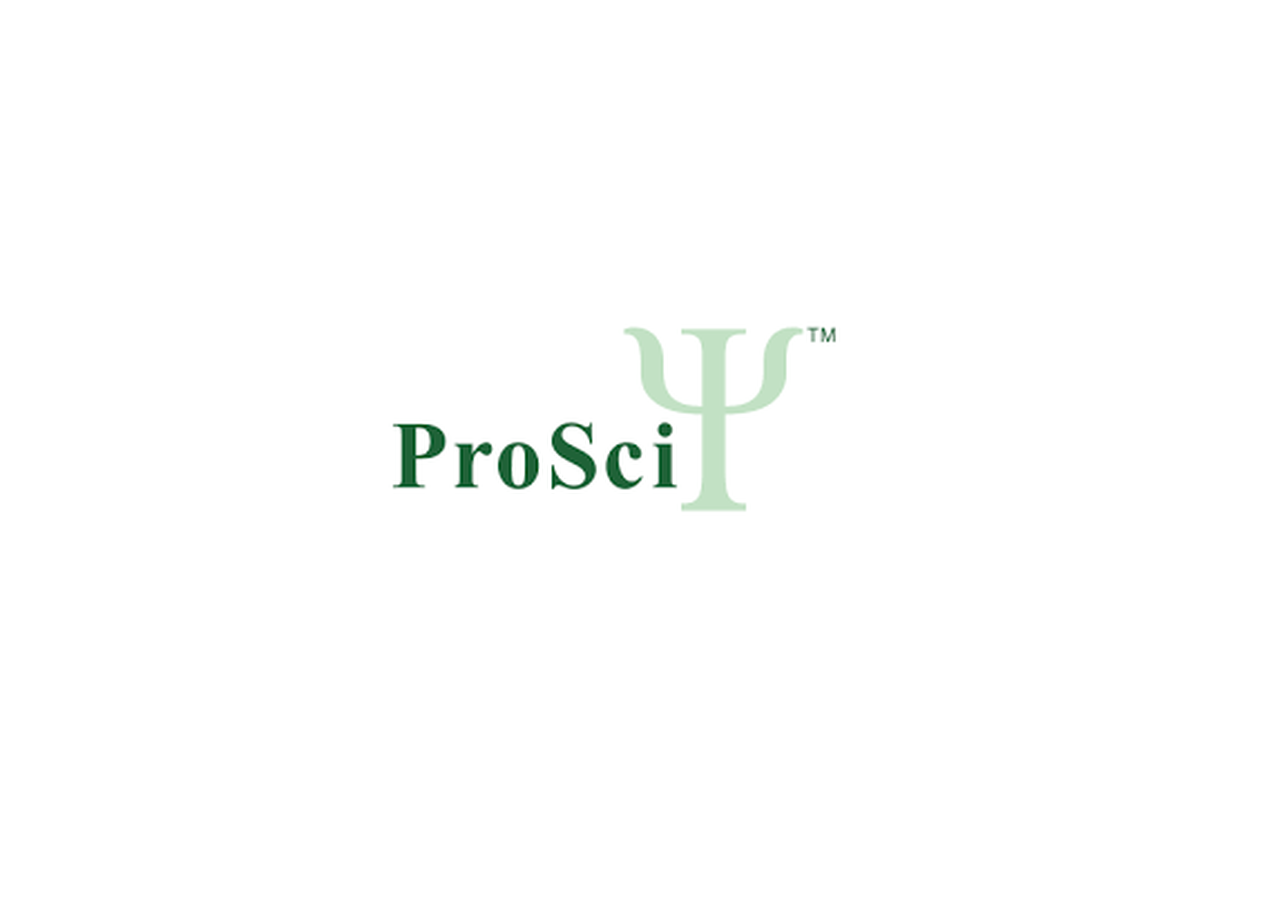
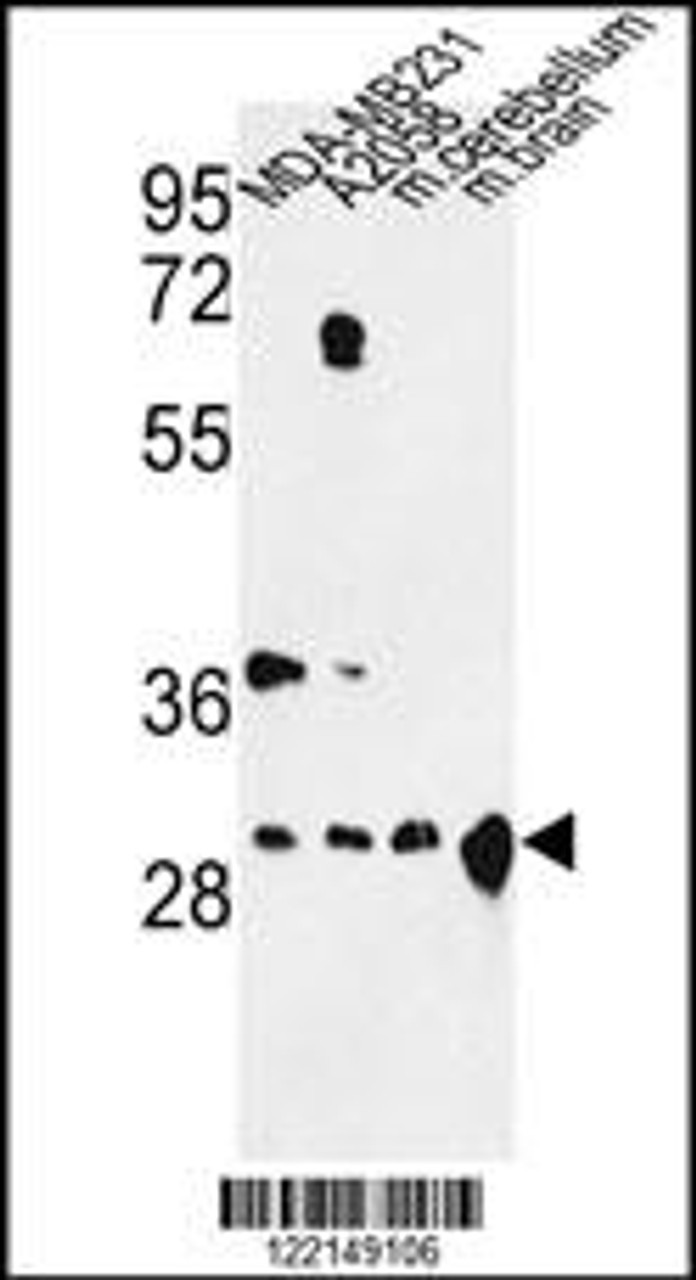
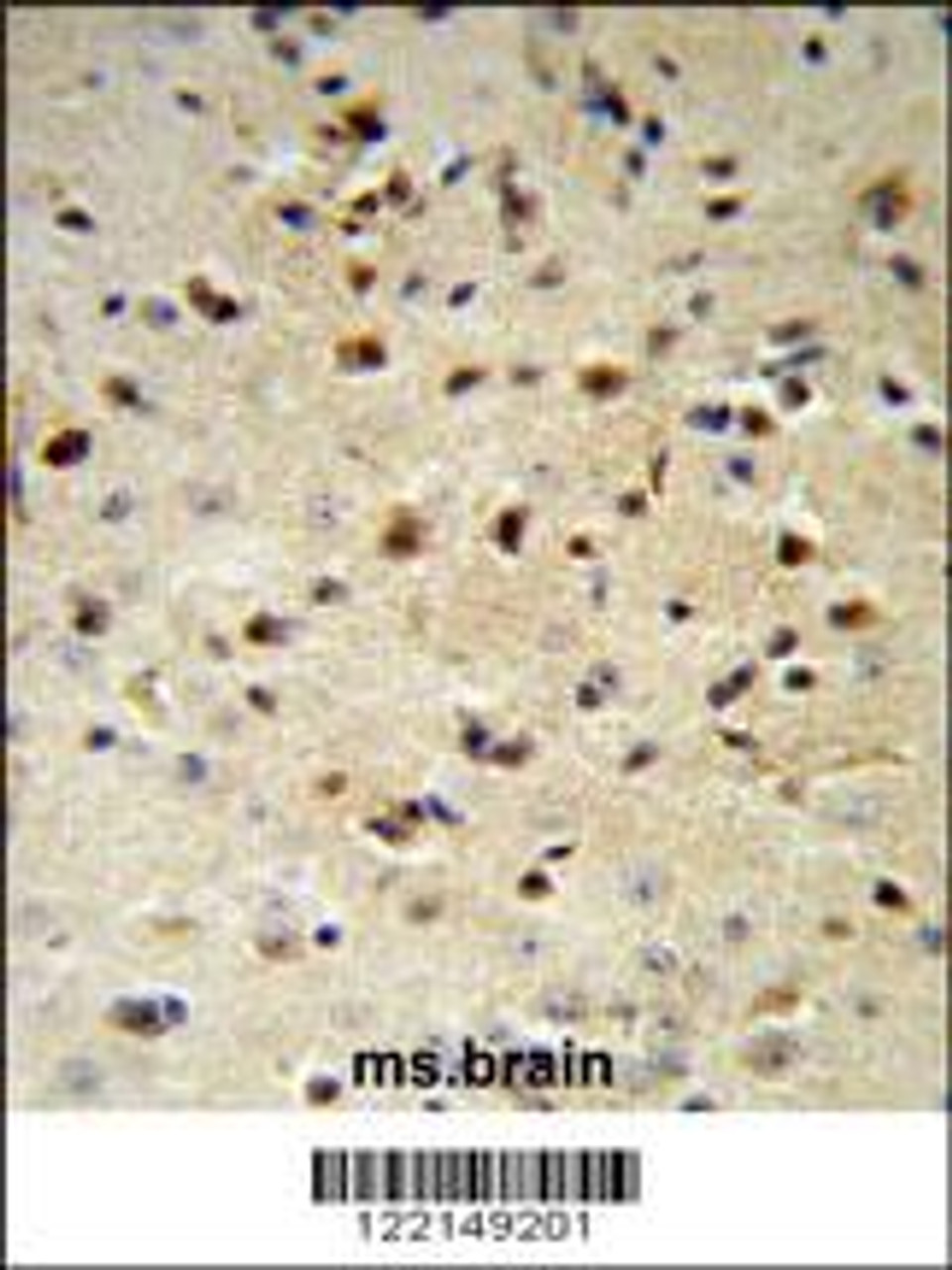




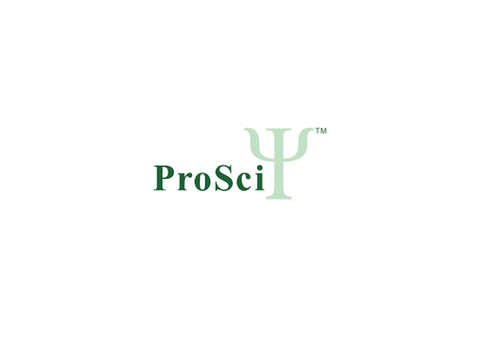
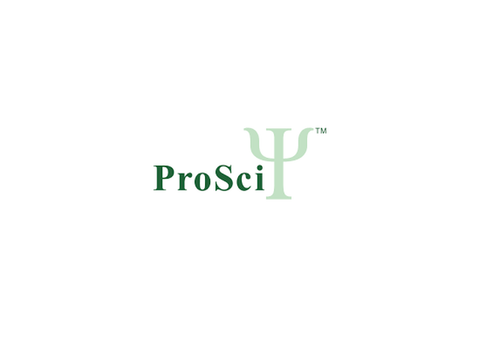


![YWHAZ Antibody [APR14004G] YWHAZ Antibody [APR14004G]](https://cdn11.bigcommerce.com/s-452hpg8iuh/images/stencil/500x659/products/869255/1161322/logo__92149.1659788186__77365.1659865492.png?c=2)



